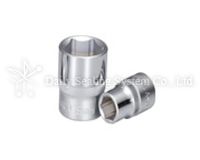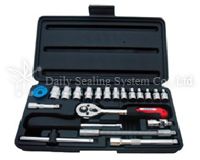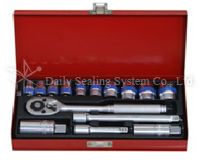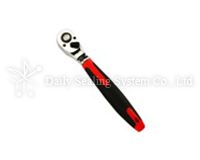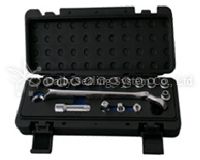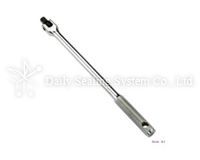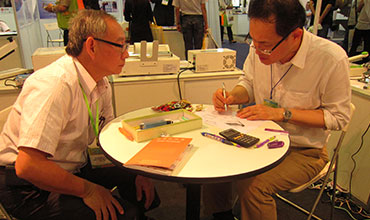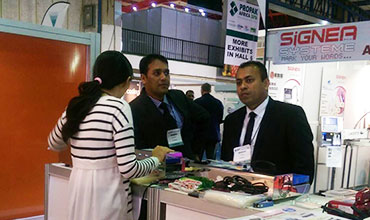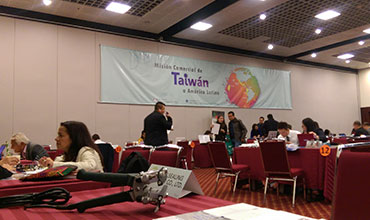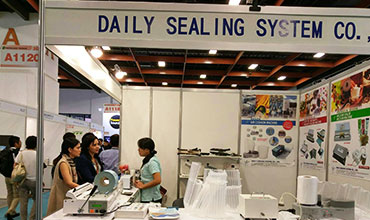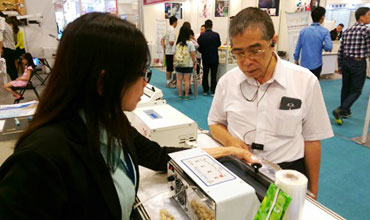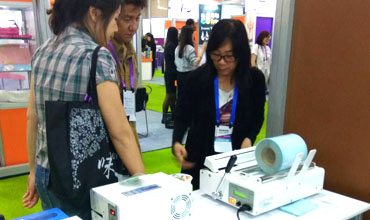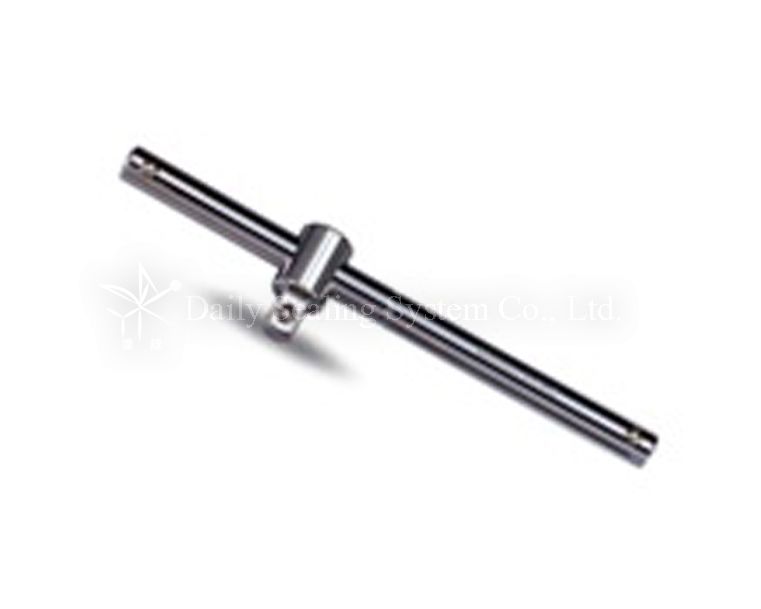
- Detail
CHRME VANAIUM
| Material: | STAIN FINISH / MIRROR |
| Contents: | DRIVE METRIC SIZE (L) |
| 1/4"DR 112-150MM | |
| 3/8"DR 165-200-250MM | |
| 1/2"DR 200-250-300MM |
Specification
You May Also Like
Why Choosing Dailysealing
Parts and material quality control
- Heating elements are from Japan.
- Motor, Transformers, PCB and vacuum bags are made in Taiwan.
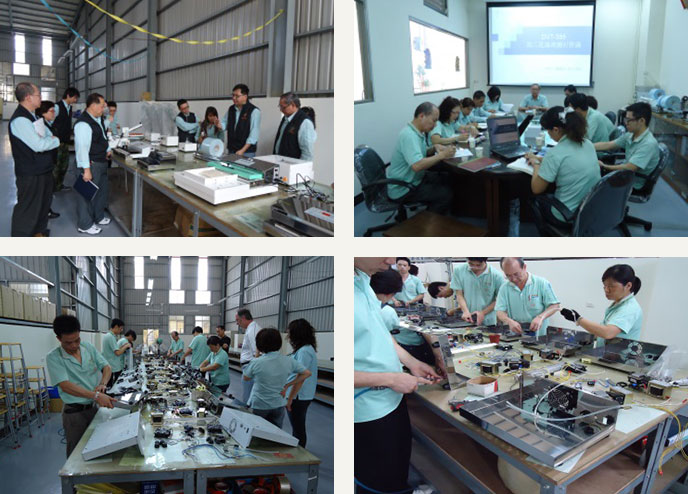
Strict quality control
- 100% product inspection: The inspection is included functions and appearance of sealing machines.
- Tensile strength test to ensure the sealing line tensile strength value reaches the customer standard.
- Electric leakage test: Puncture and insulation test.
- Our production and inspection are all based on ISO 9001.
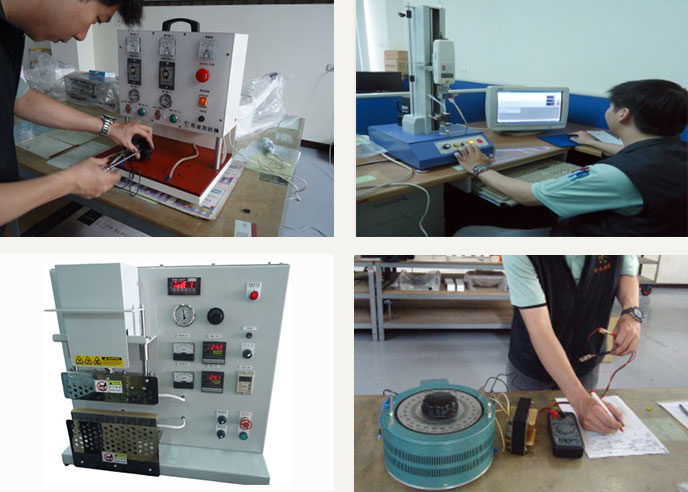
Professional packaging and sealing machine factory
- Produce many kinds sealing machines and ODM/OEM products and provide custom-made services.
- More than 30 year experiences in packaging machines industry.
- Sell sealing machines to America, Europe, Latin America and Asia.
- 85% products in stocks, so we can deliver the products quickly.
- The production process is based on SOP to ensure the quality of sealing machines consistently.
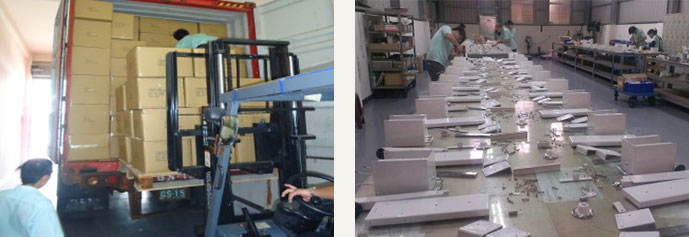
Complete range of specifications of sealing machines
- Complete range of specifications of sealing machines.
- Many kinds of sealing machines and consumptive materials in stocks, so customers can do one-stop shopping here.
- The customers include Biotechnology companies, Medical equipment companies, Food industry, Electronics industry, Handmade soap industry and other industry..
Custom-made sealing machine service
- Custom-made sealing machine service
- Designs of the special sealing machine for irregular shape sealing line, such as U-shape sealing line and L-shape sealing line.
- Different width of sealing line could be custom-made to meet customer requirements.
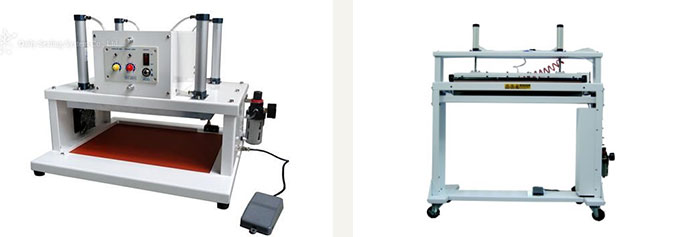
After-sales service of professional sealing machine
- Provide the professional service for repair the broken sealing machine immediately.
- The sufficient supply of parts stock, so don’t worry about the parts replace.
- Some parts of sealing machine are used in common specifications, so it is easy to get the parts for replace.
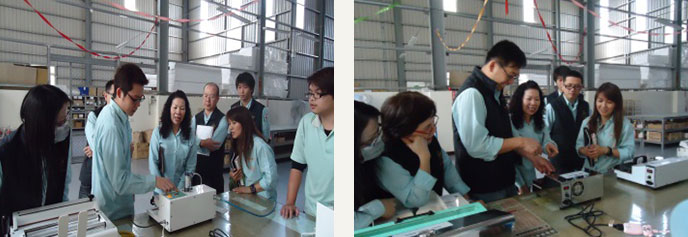
Exhibitions and trade shows
News
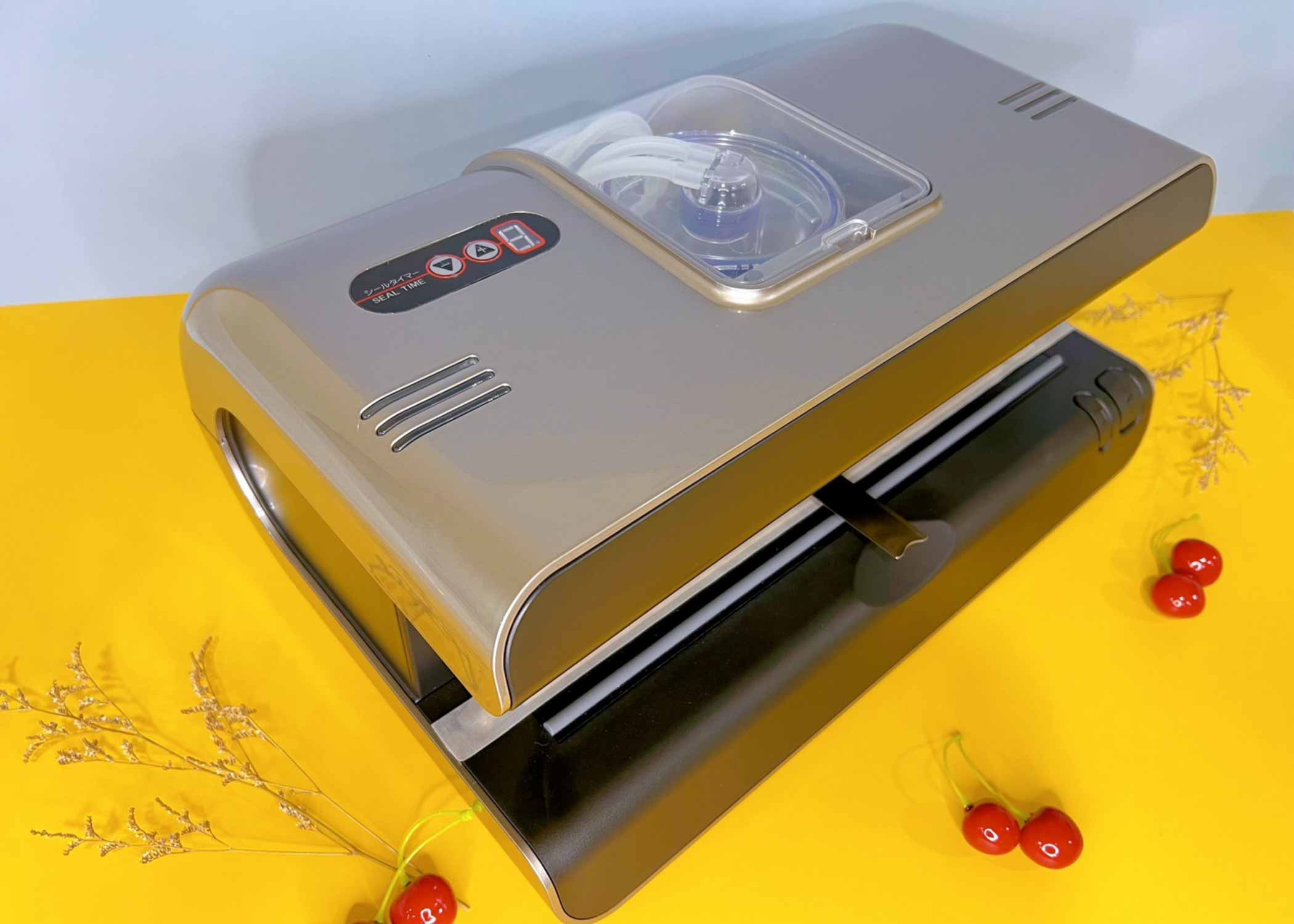
2024/12/24
Vacuum Sealer Cleaning and Maintenance: A One-Stop Guide
Vacuum Sealer Cleaning and Maintenance: A One-Stop Guide Vacuum sealers are indispensable equipment in the food packaging industry, helping to maintain the freshness of food or other products and extending the shelf life of products. To ensure that vacuum
sealers operate over the long term and maintain optimal performance, regular cleaning and maintenance of the vacuum sealer is essential. Below is a series of professional steps for cleaning and maintaining vacuum sealers to help you achieve this goal. Vacuum
Sealer Cleaning Steps: 1. Daily Cleaning: After using the vacuum sealer, immediately wipe the exterior of the vacuum sealer as well as the sealing chamber and seal groove with warm water and a neutral detergent. Avoid using strong acids, strong alkalis,
or abrasive detergents that could damage the surface. 2. Inspection and Replacement of the Vacuum Sealer's Heating element: Regularly check the vacuum sealer's Heating element for damage or wear and replace it in a timely manner to maintain excellent sealing
results. 3. Lubrication of Vacuum Sealer Mechanism Parts: According to the operation manual, regularly check and apply a special lubricant to the mechanical parts of the vacuum sealer, such as conveyor belts and bearings. 4. Vacuum Pump Maintenance: For
vacuum sealer models equipped with a vacuum pump, it's necessary to regularly clean the vacuum pump filter and replace the filter element to ensure the normal operation of the vacuum pump. 5. Electrical System Inspection: Regularly check the electrical system,
including wires, plugs, and switches, to ensure they are safe and reliable. Vacuum Sealer Maintenance Suggestions: 1. Ensure Good Ventilation: When using the vacuum sealer, ensure the surrounding area is well-ventilated to prevent dust and other foreign
objects from entering the inside of the machine. 2. Inspection and Replacement of Vacuum Oil: For oil-type chamber vacuum sealers, regularly check the amount and clarity of the vacuum oil and add or replace the vacuum oil as necessary to maintain a good
vacuum. 3. Cleaning of the Sealing Area: After using the vacuum sealer, clean the sealing area to keep it free of dirt and grime, ensuring the sealing effect. 4. Selection of Appropriate Packaging Materials: Choose suitable packaging materials, especially
when vacuum sealing liquids, to prevent the liquid from being sucked into the pump. 5. Timely Replacement of Vacuum Sealer Consumables: If any worn or damaged parts are discovered, they should be replaced promptly to avoid affecting the performance of the
vacuum sealer. By following the above methods for cleaning and maintaining your vacuum sealer, you can not only ensure stable performance and efficient sealing results but also extend the lifespan of your vacuum sealer to the greatest extent. Regular maintenance
not only helps improve work efficiency but also ensures the safety of the vacuum sealing process and the hygiene quality of the food. Vacuum Sealer Cleaning and Maintenance
MORE
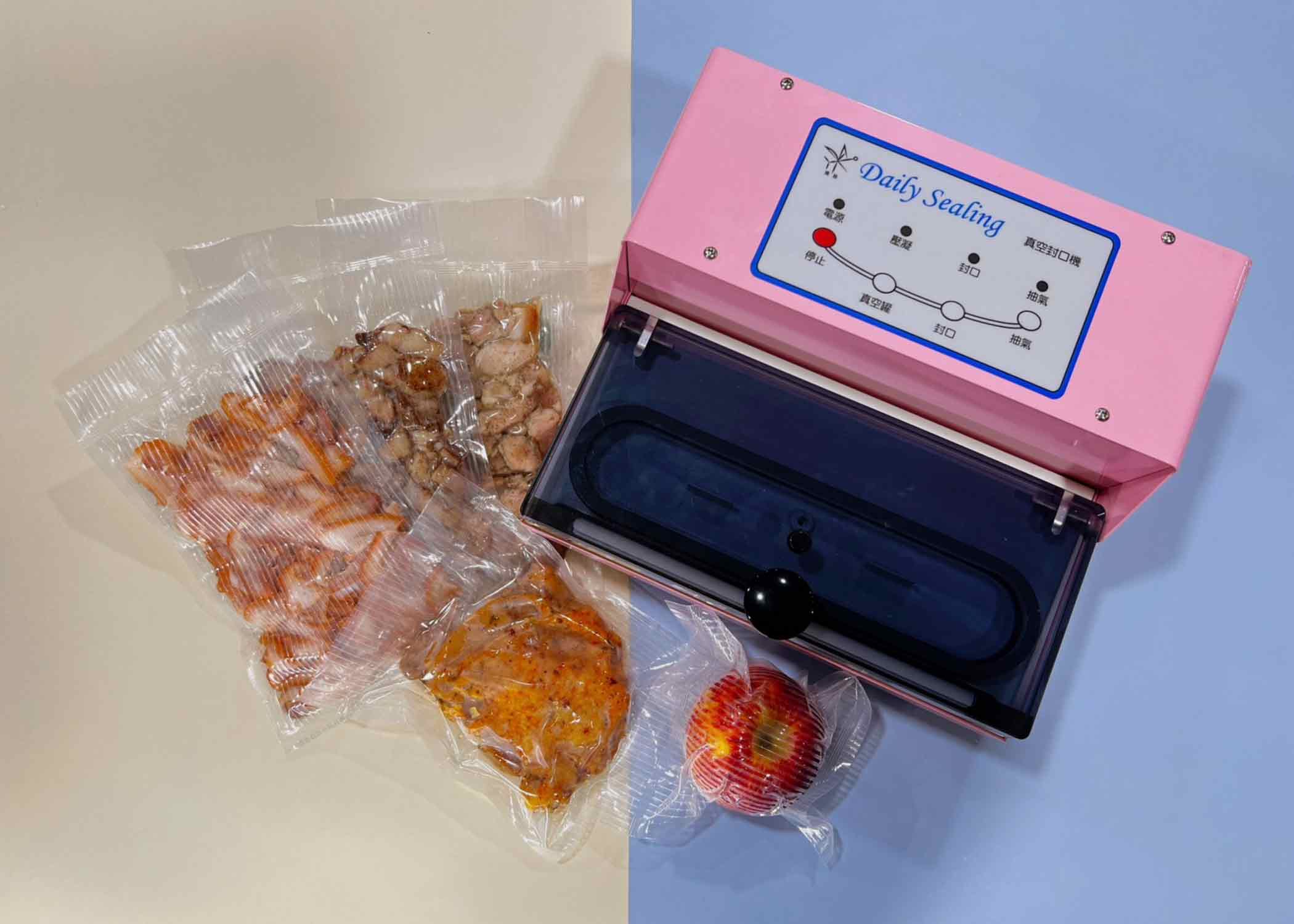
2024/11/15
How Do You Operate a Vacuum Sealer?
How Do You Operate a Vacuum Sealer? In this article, we delve into the "operation methods of a vacuum sealer," providing you with a clear and understandable guide. Whether you are a newcomer to vacuum sealers or a professional seeking to improve operational
efficiency, the following steps will help you better understand how to operate a vacuum sealer. How Do You Operate a Vacuum Sealer? 1: Preparation 1. Check the Vacuum Sealer: Before starting, ensure the vacuum machine is intact and all power connections
are secure. 2. Preheat the Vacuum Machine: Preheat the vacuum sealer to the appropriate temperature according to the manufacturer's instruction manual. How Do You Operate a Vacuum Sealer? 2: Placing the Vacuum Bag 1. Open the Lid: Gently open the lid of
the vacuum sealer. 2. Insert the Sealing Bag: Place the item you need to package into a specialized vacuum sealing bag, ensuring the bag's mouth is smooth and there is enough space to place it in the sealing slot. How Do You Operate a Vacuum Sealer? 3: Vacuum
Sealing 1. Start Vacuum Sealing: Close the lid, select the appropriate vacuum sealing mode, and start the machine to begin the vacuuming process. 2. Sealing: After completing the vacuuming, the machine will automatically seal the bag to ensure it is completely
sealed inside. How Do You Operate a Vacuum Sealer? 4: Finalizing the Seal 1. Check the Seal: After vacuum sealing and sealing, open the lid and take out the sealed bag. Check if the seal is strong to ensure there are no leaks. 2. Further Processing: Store
the sealed item as needed or proceed with further packaging. How Do You Operate a Vacuum Sealer? Tips: - Maintain Cleanliness: Ensure the vacuum sealer is clean before and after use to prevent food residue or other substances from affecting the seal quality.
- Regular Inspection: Regularly check for wear and tear on the vacuum machine, especially the sealing bar, to ensure the best sealing results. By following the above "operation methods of a vacuum sealer," you can easily complete the sealing process. Whether
it's for home use or commercial production, this ensures the freshness and extended shelf life of food, or allows you to reduce the volume and lower the air content of the items you vacuum seal. Conclusion Mastering the correct "operation methods of a vacuum
sealer" can not only improve work efficiency but also ensure packaging quality and extend the preservation time of food. How Do You Operate a Vacuum Sealer?
MORE
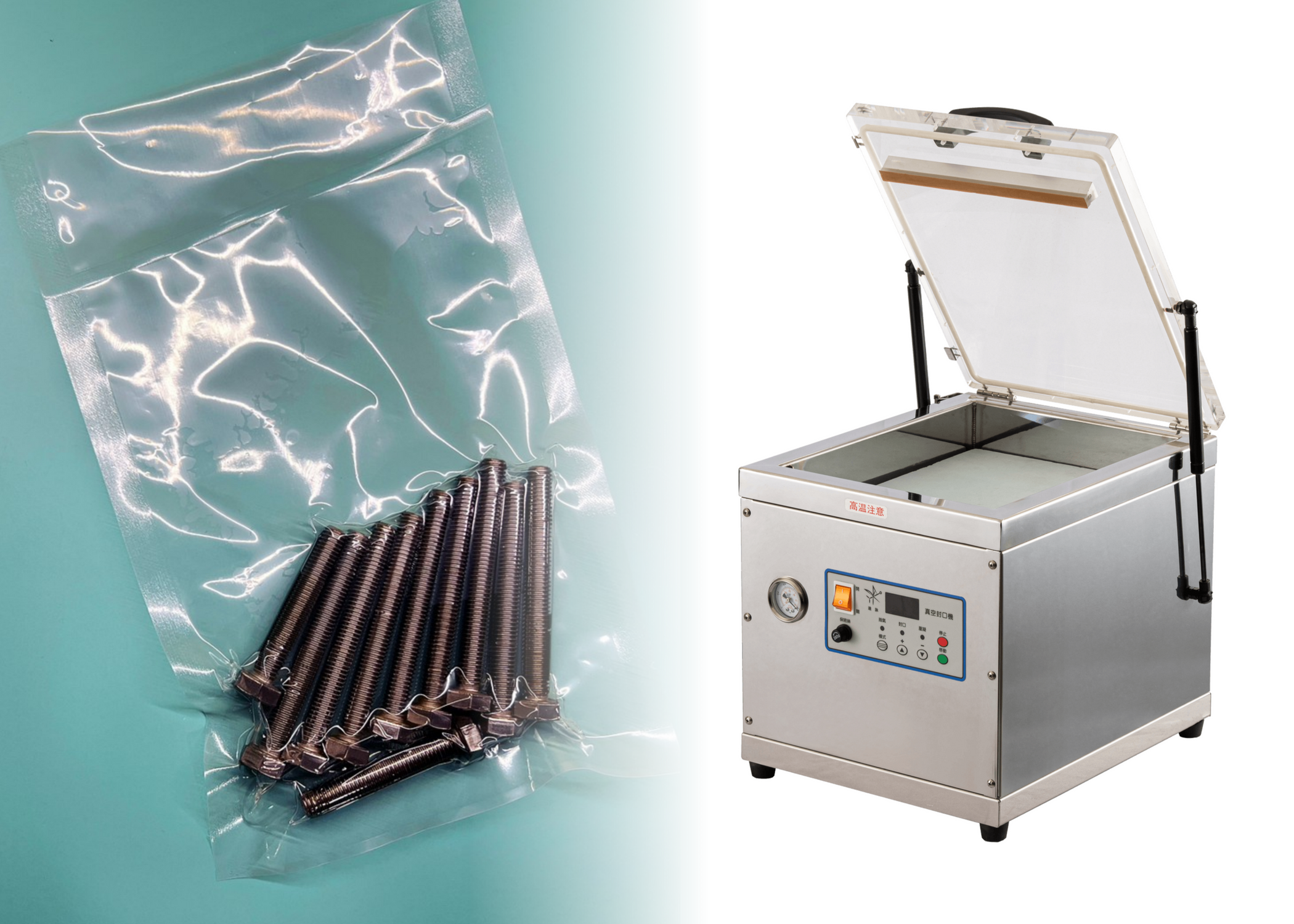
2024/2/23
Choosing the Right Vacuum Sealer: Universal vs. Specific Bag Models Explained
Choosing the Right Vacuum Sealer: Universal vs. Specific Bag Models Explained The main difference between universal vacuum sealers and specific bag vacuum sealers lies in their adaptability to materials and types of vacuum seal bags. These differences
directly affect the vacuum sealer's range of use, flexibility, and cost-effectiveness. Universal Vacuum Sealers Universal vacuum sealers, as the name suggests, are machines that can use vacuum seal bags of various materials and thicknesses. The main advantage
of these sealers is their versatility and flexibility. 1. Universal vacuum sealers usually have an open sealing area where users can place food or other items before starting the vacuum sealing process. 2. When using a universal vacuum sealer, there is typically
no need to choose a specific size or type of sealing bag, as they can adapt to different sizes and types of bags. 3. This type of sealer is generally more suitable for home use, as they are simpler and more convenient to operate, requiring less setup and adjustment.
4. Versatility: They can use bags of various materials, including PE, PA, PET, etc., without restrictions on the material of the sealing bag. 5. Cost-effectiveness: Since cheaper, generic bags can be used, it may be more cost-effective in the long run. 6.
Broad applicability: Suitable for packaging a wide range of needs, whether food or non-food items. Specific Bag Sealers Specific bag sealers are machines that can only use vacuum seal bags of a particular material or brand. These sealers are often designed
for special bag materials or specific sealing needs. 1. Specific bag vacuum sealers require the use of particular sizes and types of sealing bags. Before use, users need to place food or other items into the sealing bag, then insert the bag's opening into
the sealer for sealing. 2. This type of sealer typically offers more sealing options, such as different sizes of sealing bags, wet and dry sealing, etc. 3. Specific bag vacuum sealers are generally more suitable for commercial use or situations requiring a
lot of sealing, as they can provide higher efficiency and more options. 4. Specialization: Requires the use of specific materials or brands of bags, which are usually designed to fit the machine's sealing method. 5. Cost: The cost of specialized bags is generally
higher than that of generic bags, which may increase the long-term cost of use. 6. Quality control: Using specialized bags may result in better quality control and sealing effects, as the machine and bags are designed as an integrated system. Considerations
for Choosing Between Universal and Specific Bag Vacuum Sealers 1. Cost: Consider the initial investment and the long-term cost of use. 2. Usage needs: Choose a more flexible universal vacuum sealer if your sealing needs involve frequently changing bag types,
or a specific bag sealer if you have higher requirements for sealing quality. 3. Convenience of operation: Universal vacuum sealers are generally simpler and more convenient to operate, as they have less strict requirements for the bags. In summary, choosing
between a universal vacuum sealer or a specific bag vacuum sealer should be based on your sealing needs, budget, and quality requirements. If you need higher flexibility and cost-effectiveness, a universal model may be a better choice; if you have higher requirements
for sealing effects and do not mind the cost of specialized bags, then a specific bag model may be more suitable. g Choosing the Right Vacuum Sealer: Universal vs. Specific Bag Models Explained
MORE
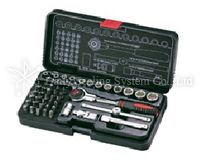
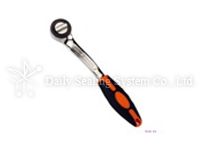
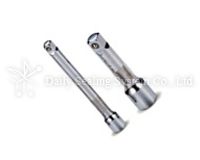


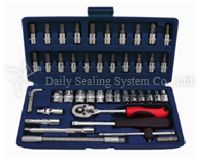
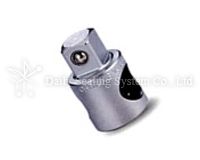

.jpg)
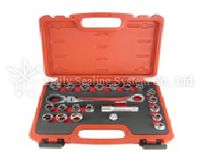
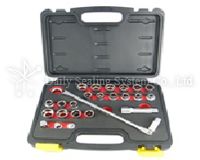
_1.jpg)
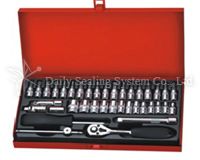
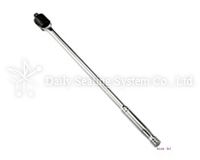
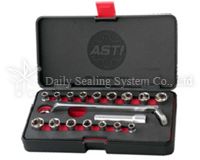
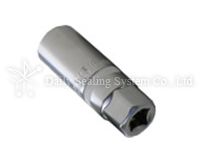
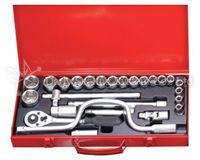
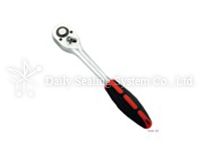
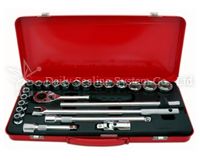
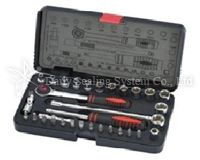
_1.jpg)
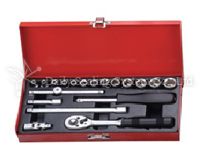
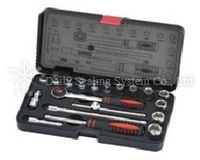
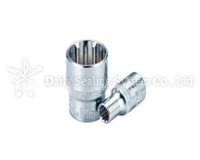
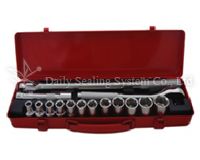
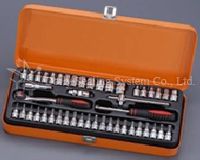

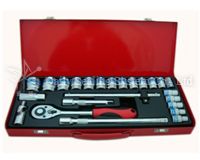
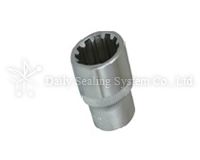
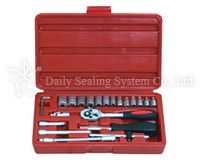
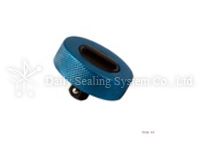
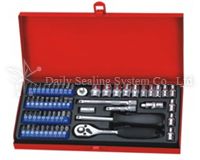
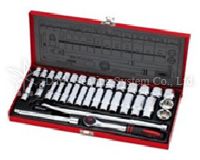
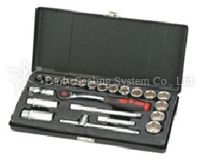


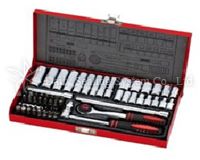

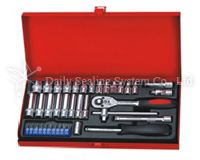
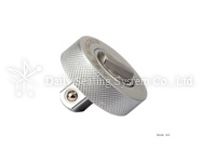

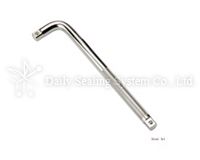
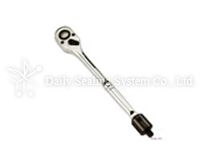
_1.jpg)
